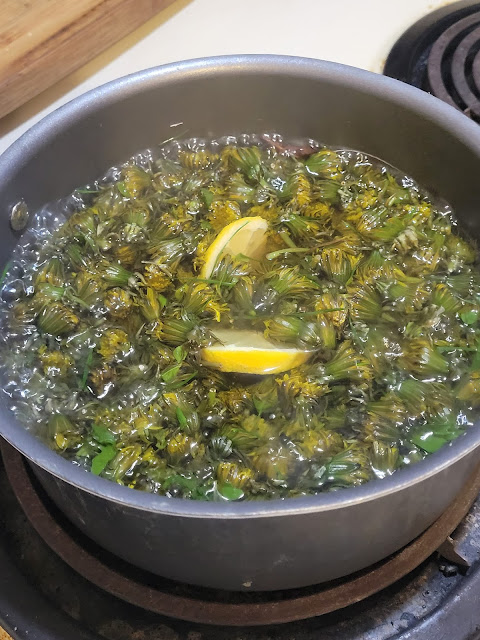From Orchard to Pantry: Mastering the Art of Canning Perfect Oranges without the White Membrane
Canning is a wonderful way to preserve the vibrant flavors of seasonal fruits.
Today we embark on a citrus-filled adventure as we delve into the art of canning oranges. In this article, we will explore a unique technique that involves peeling oranges like apples to remove the white membrane without the need for any dissolving powder. Join us as we unlock the secrets of canning oranges, ensuring that every jar is filled with pure citrus goodness that will brighten up your pantry and tantalize your taste buds.
Canned Oranges Recipe:
Ingredients:
- - Fresh oranges
- - Water
- - Sugar (optional, for syrup)
Instructions:
1. Selecting the right oranges: Choose fresh, ripe oranges that are free from blemishes or mold. The variety of oranges is up to your preference, be it juicy Valencia oranges or sweet Navel oranges.
2. Preparing the canning equipment: Before you begin the canning process, make sure to wash and sterilize your canning jars, lids, and bands according to proper canning procedures. This ensures that your canned oranges stay fresh and safe for consumption.
3. Peeling the oranges: Unlike traditional methods, we will peel the oranges like apples to eliminate the white membrane. Start by cutting off the stem end of each orange. Insert a paring knife just under the peel, making sure not to cut too deeply into the fruit. Slowly and carefully peel the orange, removing both the peel and the white membrane.
4. Segmenting the oranges (optional): If desired, you can further segment the peeled oranges by carefully cutting between the membranes to create neat orange segments. This step is optional and can be omitted if you prefer to can the whole orange sections.
5. Preparing the syrup (optional): If you prefer your canned oranges to be stored in a syrup, prepare a simple syrup by combining equal parts water and sugar in a saucepan. Heat the mixture over medium heat, stirring until the sugar dissolves completely. Allow the syrup to cool before using.
6. Packing the jars: Carefully pack the peeled or segmented oranges into the sterilized jars, leaving a bit of headspace at the top. If you prefer syrup, pour the cooled syrup over the oranges, making sure to cover them completely.
7. Removing air bubbles: Use a non-metallic spatula or a chopstick to gently remove any air bubbles trapped between the oranges. This step helps to ensure proper sealing and preservation.
8. Sealing the jars: Wipe the rims of the jars to remove any residue or stickiness. Place the sterilized lids on top and screw the bands on until they are fingertip tight.
9. Processing the jars: Follow the recommended canning process for oranges based on your altitude and the type of canner you are using. This typically involves boiling the jars in a water bath canner for a specified amount of time.
10. Cooling and storage: Once the processing time is complete, carefully remove the jars from the canner and place them on a towel-lined countertop. Let the jars cool completely before testing the seals. Store the properly sealed jars in a cool, dark place for optimal preservation.
Congratulations on successfully canning oranges using the unique technique of peeling them like apples to remove the white membrane.
By preserving the pure citrus essence of these delightful fruits, you have created a pantry staple that will brighten your meals and bring a burst of sunshine to your taste buds. So, open a jar of your homemade canned oranges, savor their vibrant flavors, and let their sweet tanginess transport you to a citrus-filled paradise any time of the year.




















Comments